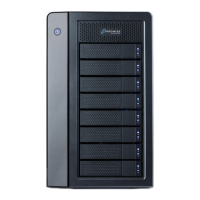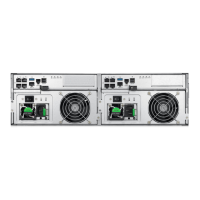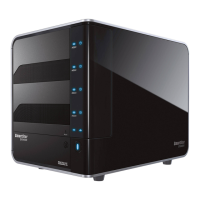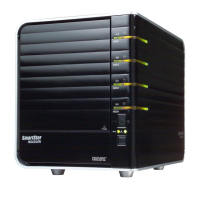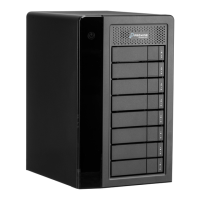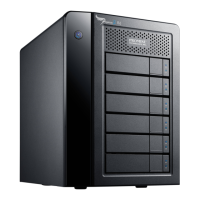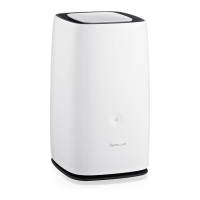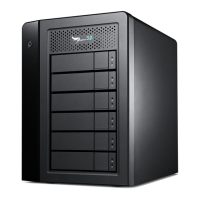VTrak E-Class Product Manual
92
Adding an Initiator
To add an initiator to the VTrak’s initiator list:
1. Check the box to the left of the initiator.
2. Click the Add to Initiator List button.
The initiator appears under Storage Services. See page 93. You can then use the
initiator to create a LUN. See “Adding a LUN Map” on page 94.
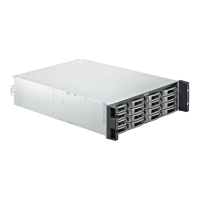
